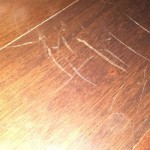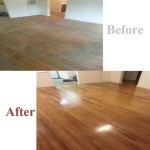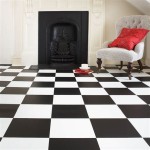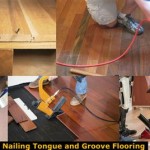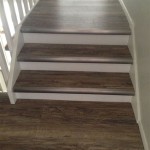Termites in hardwood floors can cause serious damage to both the floor and the rest of the home. Termites are small, wood-eating insects that can cause significant damage to hardwood floors over time. They can be an expensive problem to fix and can even cause the floor to become structurally unsound. Knowing the signs of termite infestation and taking preventive measures can help to avoid costly repairs.
The Signs of Termite Infestation
The most common signs of termite infestation in hardwood floors are the presence of wood-colored droppings and the presence of mud tubes. Wood-colored droppings indicate that termites are actively eating the wood and can be found in cracks and crevices. Mud tubes are tunnels made by termites and can be seen along the walls, baseboards, and other areas around the floor. Other signs include swollen or buckling floorboards, hollow-sounding wood, and blistering paint.
Preventive Measures
The best way to prevent termite infestation in hardwood floors is to ensure that the home environment is not conducive to termite activity. This can include sealing cracks and crevices in the home, eliminating sources of moisture, and keeping the humidity levels below 50%. Additionally, keeping the home clean and free of excess clutter can help to prevent termites from making a home in the hardwood floors.
Treatment Options
Once termites have infested the hardwood floors, it is important to take steps to get rid of them. The most common method of treating termites in hardwood floors is to use an insecticide. The insecticide should be applied in areas where termites are known to be active, such as in cracks and crevices. Additionally, the insecticide should be applied to areas around the floor, such as walls, baseboards, and other areas where termites may be present.
Damage Repair
Once the termites have been eliminated, it is important to repair any damage caused by them. This may include replacing damaged boards, as well as sanding and refinishing the entire floor. Additionally, it is important to check for any other signs of damage, such as cracking or warping, and to make any repairs as needed.
Conclusion
Termites in hardwood floors can cause significant damage that can be costly to repair. Taking preventive measures to keep the home environment inhospitable to termites, as well as regularly inspecting the floors for signs of termite activity, can help to prevent an infestation and costly repairs. If termites are found, it is important to take steps to get rid of them and to repair any damage caused by them.














Related Posts

